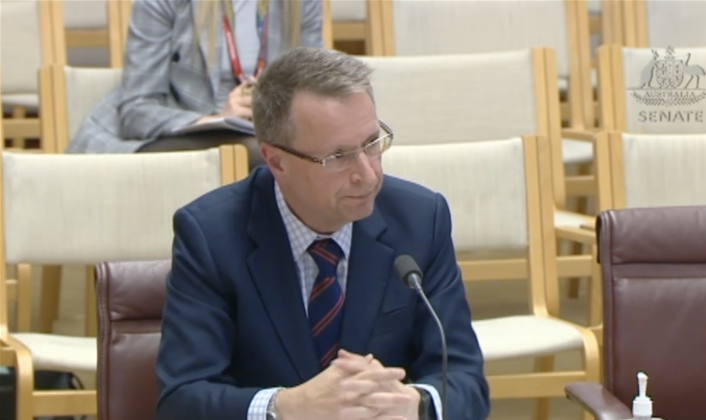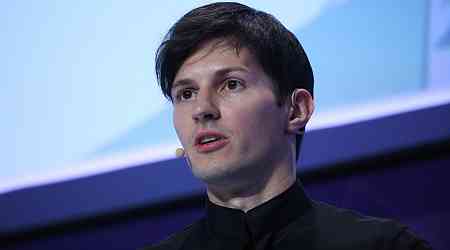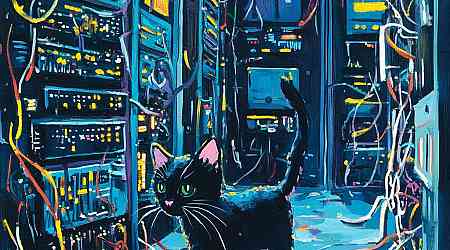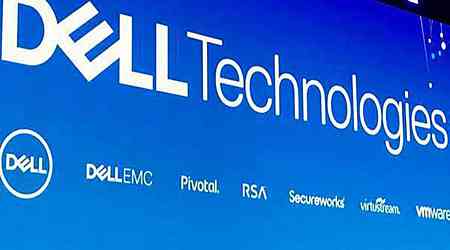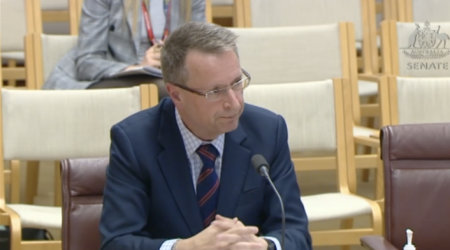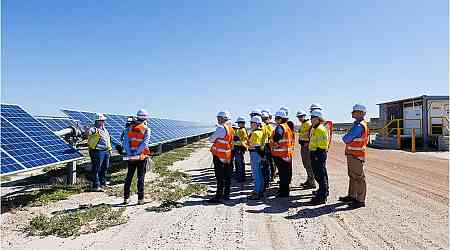Defence has set a three-year horizon for the modernisation of IT systems across multiple technology and security domains, with existing systems to be retired progressively.
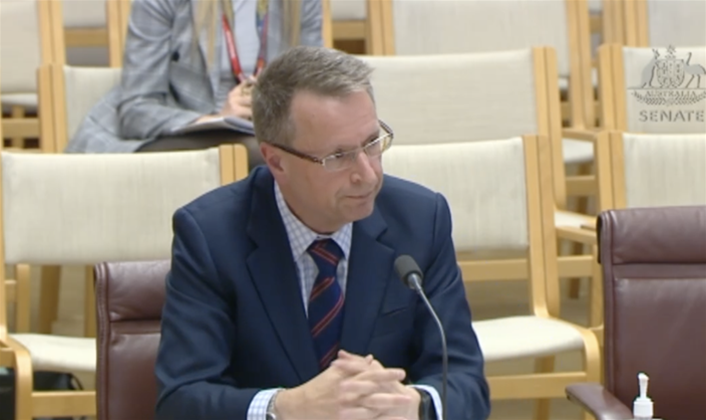
The department yesterday released its promised three-year digital strategy and roadmap, outlining key works by the Defence Digital Group (DDG) led by CIO Chris Crozier.
The roadmap sets out a detailed multi-year program of upgrades across a range of technology domains.
It calls for existing productivity tools to be migrated from on-premises to the cloud, together with a Windows 11-compatible virtual desktop infrastructure (VDI) and enterprise mobility rollout.
Defence also intends to deploy new IT service management and IT operations management platforms; an API gateway; low-code and similar tools for “application delivery”; and new records management and large file transfer platforms.
There is also a significant amount of security-specific work on the roadmap.
Defence has earmarked work on a new security, information and event management platform (SIEM); a package of work on identity and privileged access management, culminating in a pursuit of zero trust; the rollout of cloud access security broker (CASB) and secure service edge (SSE) technologies; and some unspecified augmentations with artificial intelligence.
The roadmap also includes known projects such as the transition to cloud - enabled in part by a $2 billion investment in a top-secret cloud, although Defence states its strategy as “multi-cloud” - and the ongoing SAP enterprise resource planning upgrade.
Crozier said that Defence is “eliminating outdated legacy systems and transitioning to modern, open architecture… to improve operational efficiency”.
The pursuit of a standardised and open architecture was a key recommendation of the Defence strategic review.
Crozier pointed to “the initiation of Program Hornet” as a key support vehicle, which will “repurpose sustainment cash flows to invest in best-in-class solutions, optimise costs, and avoid financial waste.”
He added that Defence is “embracing a new enterprise-wide, single-pane-of-glass to our ICT architecture, offering a seamless, end-to-end view of our digital landscape.”
Vice chief of the Defence Force, Air Marshal Robert Chipman, said Defence’s leadership is backing the efforts.
“I want to be clear about this: Chris as CIO is essential to driving digitisation across Defence. But responsibility lies with all leaders in Defence at all levels, including me,” he said.
“We are backing Chris, and we are working with him to deliver these reforms at pace.”
Chipman added that industry would also play a key part in delivering technology for the uplift.
“The pace of technological change, the complexity of modern threats and the need for rapid adaptation all necessitate a much stronger partnership between defence and the digital sector,” he said.


















